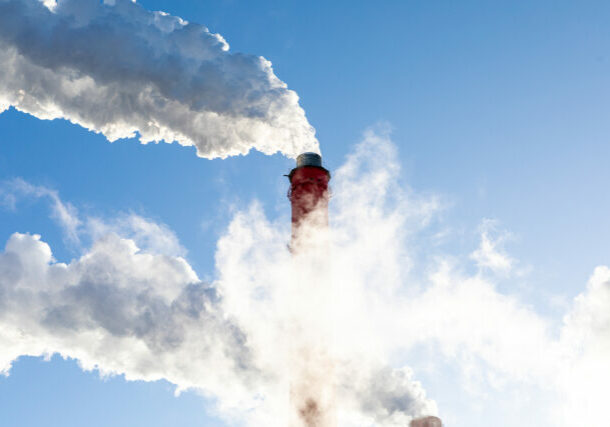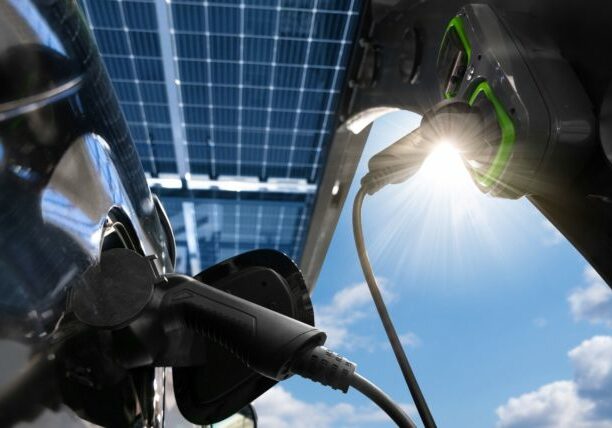August 28, 2020
New York State announces second offshore wind solicitation for up to 2,500 MW of projects
By Val Stori
New York State issued its second offshore wind solicitation for 1,700 MW up to 2,500 MW—the largest such solicitation in the United States. The state’s first offshore wind solicitation in 2017 resulted in contracts for 1,700 MW of wind energy.
Offshore wind is positioned to help New York achieve its goal of 50% renewable generation resources by 2030. The New York State Energy Research and Development Authority (NYSERDA), which leads the coordination of offshore wind activities in New York, developed an Offshore Wind Master Plan in 2018 that envisioned 2,400 MW of offshore wind by 2030. In 2019, Governor Cuomo increased the states target from 2,400 MW by 2030 to 9,000 MW by 2035. New York’s Climate Leadership and Community Protection Act mandates the development of these 9,000 MW.
The recently issued solicitation includes not only the procurement of offshore wind power, but also requirements for developers to invest in and partner with local ports. New York is offering a separate complimentary funding opportunity for offshore wind port infrastructure upgrades. New York has chosen 11 suitable locations for which it is soliciting investment. Locations are competing for $200 million in development grants from NYSERDA. In total, New York’s commitment to port infrastructure will exceed $400 million, the largest in the nation.
Special provisions in the solicitation include:
- Prevailing wage requirements – Developers are required to pay wages and benefits that are not lower than the Prevailing Rates, even though this solicitation is not a public work as defined in NYS Department of Labor’s Article 8.
- Benefits for undeserved communities – The goal is to provide these communities with 40% of the benefits of spending on clean energy. The benefits will be used for workforce development, low income energy assistance, housing, and other investments and projects.
- Prioritizing jobs for residents in environmental justice areas – Developers are encouraged to recruit and train residents of disadvantaged communities so residents will have opportunities to be employed in offshore wind jobs.
- Specific funding requirements for wildlife and commercial fisheries – NYSERDA will contribute a minimum of $10,000 per MW of installed capacity to monitor wildlife and commercial fish stocks.
- Labor and union contracts – NYSERDA’s RFP includes a Project Labor Agreement, a collective bargaining agreement, which covers both the project contractors and the trade labor organization representing craft workers. The PLA applies to contractors as well as subcontractors.
- Full data transparency – Contract awardees must make public environmental and wildlife data as well as the impacts of the project on the environment and wildlife areas. This data is necessary to adequately assess the effect of the project on the environmental characteristics of the project area.
By 2028, New York expects to have created 5,000 new jobs from offshore wind activities and in-state expenditures are forecast to be $6 billion.














